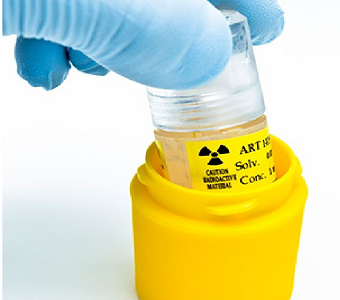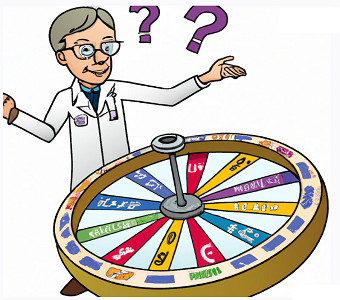Keryx Biopharmaceuticals (KERX) announced on Tuesday that a phase 2 study of Zerenex (ferric citrate) in non-dialysis dependent chronic kidney disease (CKD) patients with elevated serum phosphorus and iron deficiency anemia achieved both its co-primary and secondary endpoints. Remember, a new drug application has been submitted to the FDA for Zerenex in patients with end-stage renal disease who are on dialysis, with a PDUFA date of June 7, 2014 (learn more about Zerenex and the previous ESRD results).
On October 16th when the stock traded at just over $9.00, PropThink suggested going long KERX in anticipation of positive CKD data and a good showing at the American Society of Nephrology’s Kidney Week meeting. KERX is up 25% to $13.50 on Tuesday, a 50% gain in less than three weeks, but the ride may not be over yet as the pre-dialysis market could be quite large.
In the phase 2 study, 149 subjects with stage 3-5 CKD (not on dialysis) with elevated serum phosphorus (≥4.0 mg/dL) and iron deficiency anemia were randomized 1:1 to receive either Zerenex or placebo. The study consisted of a 2-week washout period for subjects on a phosphate binder at screening followed by a 12-weeks of treatment. Intravenous (IV) iron and erythropoiesis-stimulating agents (ESAs) were not permitted in the 8 weeks or 4 weeks before the study, respectively, and oral iron was not permitted during the trial.
Zerenex met both co-primary endpoints, demonstrating highly statistically significant changes in serum phosphorus and transferrin saturation (TSAT) versus placebo (p<.001) over the 12-week treatment period. Below, the Intent-to Treat (ITT) group included 141 subjects, patients who took at least one dose of Zerenex or placebo and provided at least one post-baseline efficacy assessment.

Zerenex also met the secondary endpoints of increasing ferritin and hemoglobin, and decreasing fibroblast growth factor-23, a biomarker of progressive CKD.
Key here are the improvements in iron saturation and hemoglobin, both statistically significant (p<0.001), particularly positive in pre-dialysis patients. Note that some placebo patients discontinued the trial due to elevated phosphate levels and 9 of 69 patients on placebo had to leave the study due to severe anemia (hemoglobin <9 g/dL), about 13%, demonstrating the real-world need for this product. Keryx expects to present the full dataset at a medical meeting, but this week, the company’s Japanese partner JT Torii will present data from their own CKD trial at the American Society of Nephrology’s annual Kidney Week meeting.
With these results, it appears that Zerenex is the only oral, iron-containing product to meaningfully improve anemia parameters in pre-dialysis, iron-deficient anemia patients, a market opportunity some 3-4 times the size of the ESRD market alone. Consider that there are 3-4 million patients with CKD in the U.S., 1-2 million of whom have severe iron-deficiency anemia. Assuming 10% penetration into the lower bound of this estimate (1 million pre-dialysis CKD patients), and a price in-line with existing phosphate binders of $9,000 annually (no premium), it’s easy to see how Zerenex could be a billion dollar product. We’ve noted before that Zerenex has potential to have annual sales in dialysis alone of $3-400 million. Further, marketing Zerenex won’t take a herculean effort given that the product could be sold by a relatively small, specialty sales force targeting nephrologists, making this an even more profitable enterprise. CKD is a huge potential market and adoption in this patient population could begin with approval in dialysis next year. We expect Wall Street analysts who have not already done so to bring price targets for KERX into the $20-range in the next few days.
PropThink will have a corespondent on the ground speaking with opinion leaders and industry professionals at Kidney Week, and will update readers following. You can read more of our Keryx coverage here.
In connection with KERX, PropThink has taken a long position.





